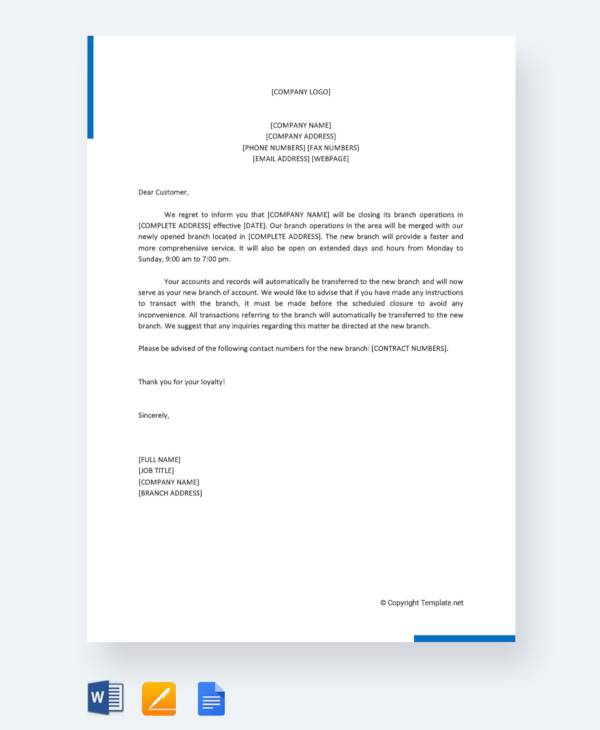


Note that the name of the month is not capitalised. The recipient's address is followed by the place ( luogo) that you are writing from (again) and the date ( data), on the right hand side of the letter, and in the following format: Some common abbreviations are:Īlla Cortese Att.ne/C.A./C.Att.ne = Alla cortese attenzione di…įor a longer list of abbreviations, see this article. Abbreviationsįormal adjectives and job titles are often abbreviated for addressing a letter, and even in the opening greeting.
#Letter endings formal full#
See this article for a full discussion of the issue. Dottore/- essa-“Doctor”, but can be used for anyone with a degree (even a Bachelor’s)īeware that there is some debate in Italian over the appropriate feminine form for job titles.Direttore/ -trice- Manager, director, CEO of a company.In addressing letters, you will also need to know common job titles, such as: when you know the person you are writing to. Gentile is used in slightly less formal situations, i.e.Spettabile is also very formal but can be used to address companies as well as people (e.g.Egregio Signor Direttore not Egregrio Direttore). It must be used with Signore/a (or an equivalent title like Dottore) instead of just the recipient’s job title (e.g. Egregio/a is highly formal, for writing a letter when you do not know the recipient at all.In Italian, a formal letter address must be written using a polite formal adjective, which goes before the recipient’s name or job title. However, writing the address of a formal letter is not so simple. This goes in the right hand corner, because that is where Italian business envelopes have their address window. We then have the address of the person you’re sending the letter to, the destinario, for example:
#Letter endings formal how to#
For Italian postcodes and more information on how to correctly address a formal letter in Italy, see here. Note that in Italian the street number comes after the name of the street and the postcode before the name of the town or city. For example, in the letter above, the mittente is: The first part of this header is your name and address as the sender, the mittente, which is placed in the top left-hand corner. The correct placement of this material is illustrated here: In Italian, as in English, the header of a formal letter contains preliminary information, such as addresses, which need to be in the correct place. There are several situations in which you might need to write a formal letter, una lettera formale, in Italian, such as cover letters, formal emails, and scholarship applications, and this article will give you the formal letter writing skills for them all. However, how to write a formal letter in Italian is not complicated, as this guide will hopefully show you. Writing a formal letter or email in Italian is not much different from writing a formal letter or email in French or in English, except that there are a greater range of greetings and addresses for formal letters in Italian, and we must use the formal "you".


 0 kommentar(er)
0 kommentar(er)
